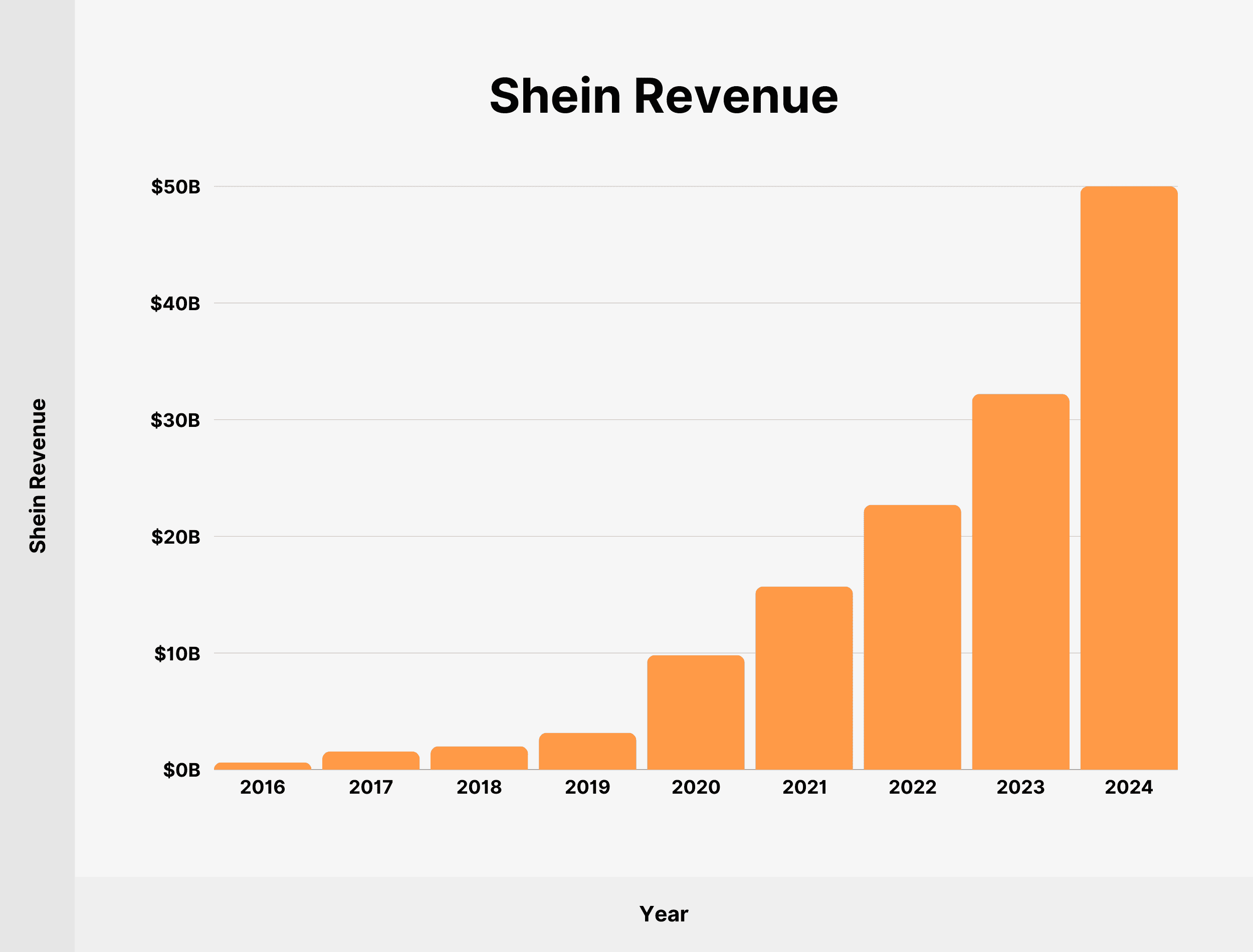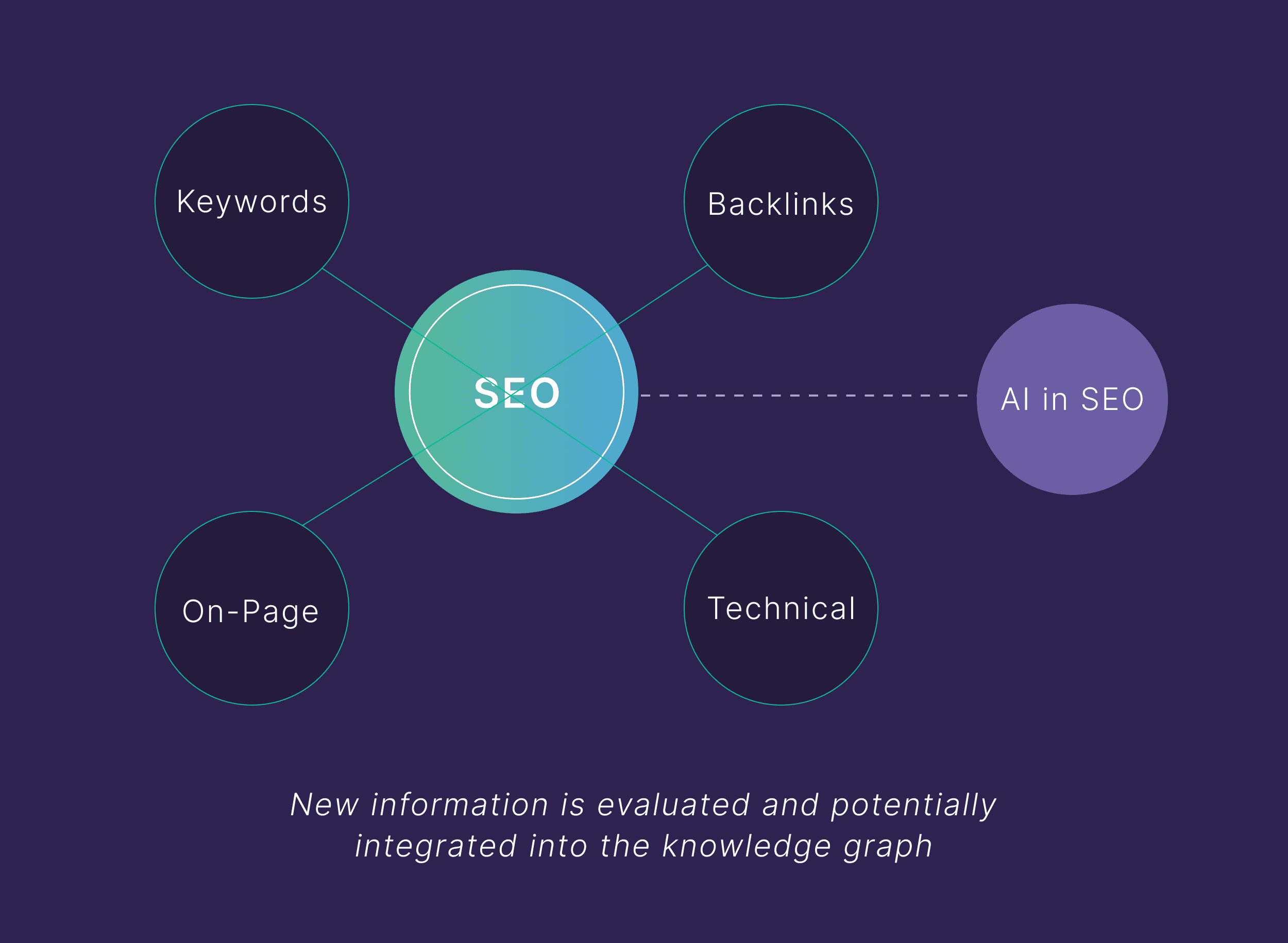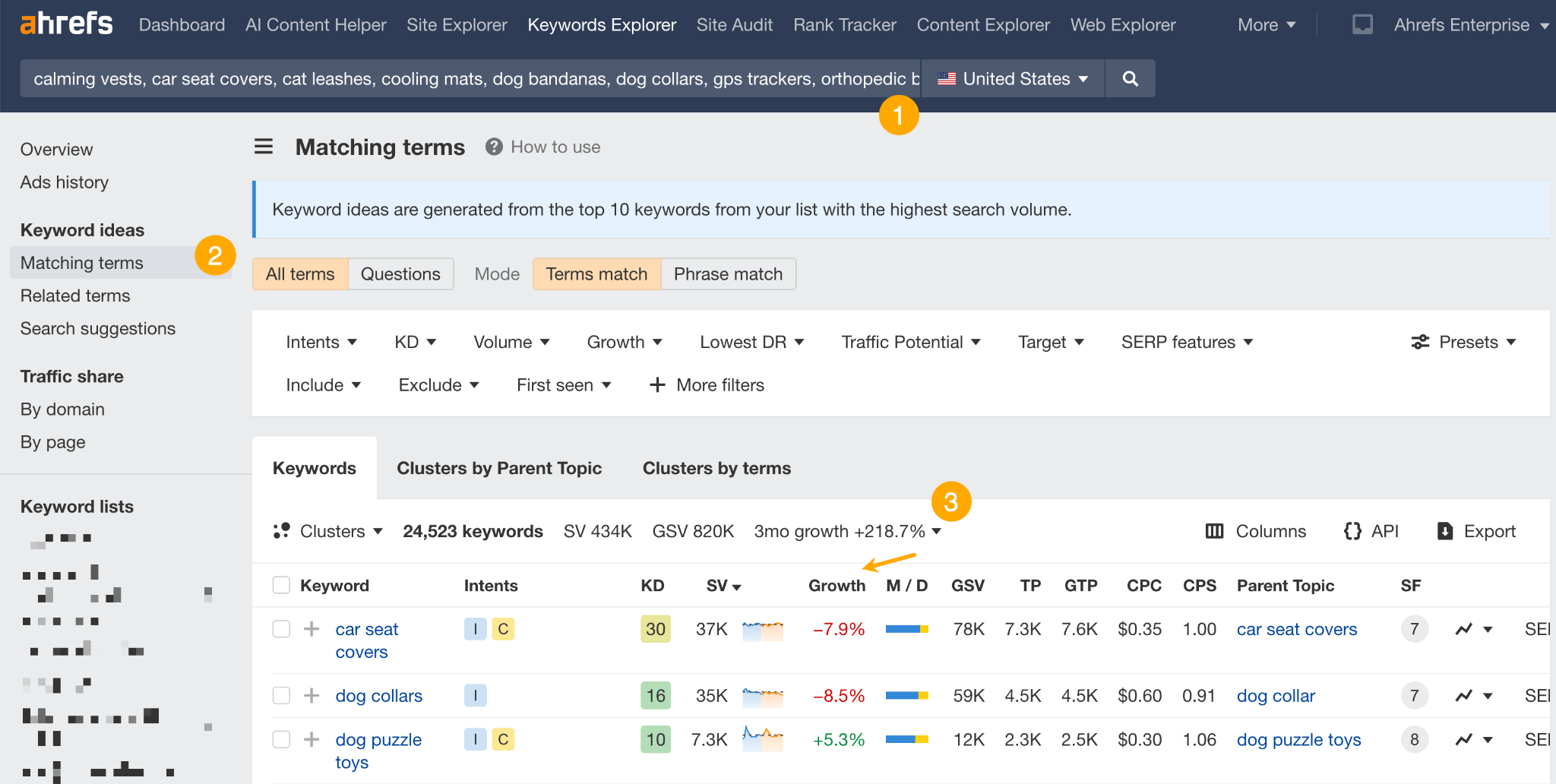Get the week’s best marketing content
Isn’t the web a wonderful place? You asked for types of SEO, and well, your wish is my command. Here are all SEO types known to humankind, up to the minute!
But no worries, we’ve organized them neatly to save you a headache. Click the links to explore a deep dive into each SEO type.
- On-page SEO: (aka on-site SEO) refers to anything you can do on the page itself to improve its rankings. It focuses on helping Google and searchers better understand and digest your content.
- Off-Page SEO: anything you do outside your website to try to improve its search engine rankings. It’s often used synonymously with link building, but it goes beyond that.
- Technical SEO: search engine optimization that helps search engines find, crawl, understand, and index your pages. The goal is to be found and improve rankings.
- Mobile SEO: ensuring a website is optimized for mobile devices, considering factors like responsive design and mobile user experience.
- Accessibility SEO: ensuring that a website is accessible to all users, something which can also positively impact SEO.
- Edge SEO: a technique that lets you make changes faster and easier without needing deep technical knowledge or waiting for a developer’s help.
- JavaScript SEO: part of technical SEO that makes JavaScript-heavy websites easy to crawl and index, as well as search-friendly.
- React SEO: the process of optimizing React-based web apps for search engines to ensure they are properly indexed and ranked
- NextJs SEO: refers to optimizing websites built with Next.js, a React framework, for search engines.
- Headless SEO: the practice of optimizing your headless CMS so that it meets search engine optimization best practices and gives your content the best chance of ranking for relevant keywords
- Landing page SEO: the process of enhancing webpages created to generate leads, focusing on attracting traffic from search engines.
- Blog SEO: the process of writing and optimizing blog content to rank in search engines like Google.
- Content SEO: focusing on creating and structuring high-quality, relevant content that targets specific keywords and topics.
- Semantic SEO: focusing on the meaning and context behind user queries, beyond exact match keywords.
- Multimedia SEO: optimizing various types of non-text content, including audio, video, and interactive media.
- Local SEO: practice of improving your online presence to get more business from local searches.
- International SEO: optimizing your website for users in different countries and speakers of different languages.
- Multilingual SEO: the practice of optimizing website content for multiple languages to improve visibility and ranking on search engines in different linguistic markets.
Platform-specific SEO
- Ecommerce SEO: the process of optimizing an online store to improve its visibility and rankings in search engines like Google. It focuses heavily on improving the performance of category and product pages.
- YouTube SEO: the process of optimizing your videos, playlists, and channels to rank high in YouTube’s organic search results for a given search query.
- App Store SEO: SEO for mobile apps in app stores, focusing on app title, description, reviews, and ratings.
- Amazon SEO: SEO specifically for ranking products higher in Amazon’s internal search engine.
- Etsy SEO: SEO specifically for ranking stores and products higher in Etsy’s internal search engine.
- Shopify SEO: ditto, but for Shopify.
- Squarespace SEO: ditto, but for Squarespace.
- WordPress SEO: refers to the practice of optimizing a website or blog created and managed using WordPress.
- Wix SEO: ditto, but for Wix.
- Social media SEO: optimizing social profiles and content for betting visibility in social networks. Not to be confused with leveraging social media platforms to indirectly influence website SEO.
- Yep SEO: Yep is a private, revenue-sharing search engine created by the team behind Ahrefs, one of the leading SEO toolsets worldwide. (Yes, this list includes even SEO types from the future 😉).
- News SEO: Optimizing content for appearing in Google News and other news search engines.
- Google Discover SEO: optimizing content specifically for Google Discover.
Specialized types of SEO
- Image SEO: optimizing images to rank in image search results, including aspects like file names, alt text, and image compression.
- Video SEO: the process of getting more video views from Google and utilizing videos to increase organic traffic to your website.
- Programmatic SEO: refers to the creation of keyword-targeted pages in an automatic (or near automatic) way.
- Holiday SEO: the practice of optimizing web content for increased search engine visibility during specific holidays, targeting holiday-related queries to capture seasonal search traffic.
- Featured Snippet SEO: targeting the featured snippet or “position zero” in Google search results.
- Long-Tail SEO: targeting typically less competitive but highly targeted search queries (i.e. the long tail).
- SaaS SEO: making a SaaS business easy to find on Google and other search engines. The goal is to attract people who are looking for solutions that your product can provide
- Enterprise SEO: search engine optimization for large, enterprise websites. The goal is to improve the quality and quantity of traffic coming from search engines to webpages on enterprise companies.
- Niche SEO: refers to the specific set of tactics especially effective in a specific business niche. The list is endless; there are as many types here as niches. For example, SEO for startups, SEO for lawyers, plumber SEO, wedding photographer SEO, and so on.
- Voice SEO: optimizing for voice search queries, often focusing on natural language and question-based content.
- AI SEO: using artificial intelligence like ChatGPT to inform and automate SEO strategies.
- Taxonomy SEO: refers to the practice of organizing and categorizing website content in a logical and hierarchical manner. It involves creating a classification system that makes it easier for users to navigate the site and find relevant information.
- White Hat SEO: refers to the use of SEO strategies, techniques, and tactics that are within Google’s guidelines.
- Black Hat SEO: practices that violate search engine guidelines, often used for quick gains, but risky and unethical.
- Grey Hat SEO: techniques that are not explicitly against search engine guidelines but are questionable in ethics and sustainability.
- Negative SEO: unethical practices aimed at lowering a competitor’s search engine rankings. Awareness is crucial for defense (by the way, here’s how to deflect them).
- Sustainable SEO: long-term SEO strategies that focus on steady growth and resilience against algorithm changes.
- Continuous SEO: an approach to SEO that practices it as an always-on strategy without a final date or goal.
- DIY SEO: the self-managed approach to search engine optimization, where individuals or businesses implement SEO strategies themselves without hiring professionals.
- Holistic SEO: An all-encompassing approach that considers every aspect of a website, from content to user experience, as part of SEO.
Final thoughts
Let’s be real — you don’t need to master every single type of SEO that pops up on the web. They are a mix of buzzwords, styles, sets of tactics, and services that some SEOs specialize in. And it becomes evident only after you see a list of each and every one of them.
Focus instead on the essentials: core SEO principles and platform-specific tactics if you want traffic from search engines other than Google.
Have we overlooked any SEO types? Share your thoughts with me on X or LinkedIn.
Keep Learning
“);$(“#sMailFooter”).css(“border”,”1px solid rgba(0, 0, 0, 0.2)”);$(“#sMailFooter”).css(“color”,”#333″);}else{if(data.error===’subscribed’){$(“#subscrResponse”).show();$(“#subscrResponse”).html(“
Looks like you’re subscribed to our blog already.
“);$(“#sMailFooter”).css(“border”,”1px solid rgba(0, 0, 0, 0.2)”);$(“#sMailFooter”).css(“color”,”#333″);}else{$(“#subscrResponse”).show();$(“#subscrResponse”).html(‘
‘+data.error+’
‘);$(“#sMailFooter”).css(“border”,”1px solid red”);$(“#sMailFooter”).css(“color”,”#333″);$(“.subscr_a”).css(“color”,”red”);}}}},”json”);return false;});
Content Copyrights Belong to The Author. All Rights Reserved.
We're A Dallas Digital Marketing Agency That is Experts At Social Media Marketing, Website Design and Emarketing and Promotion.



